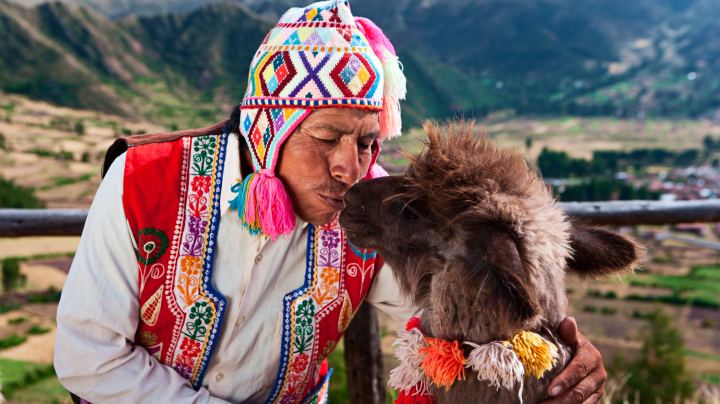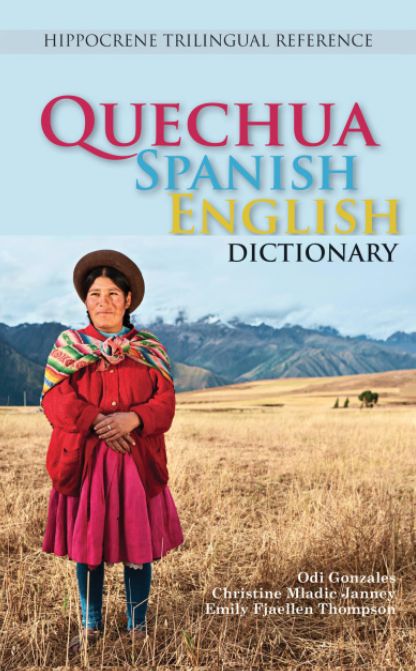You Can Now Purchase a Groundbreaking Quechua-Spanish-English Dictionary

Photo by Bartosz Hadyniak / E+
While Quechua is one of the most widely spoken Indigenous languages in the Americas, written resources have been lacking. Now, a New York University professor and his two students are hoping to change that with a new dictionary.
The Spanish popularized the word “Quechua,” the name of an Indigenous language that once served as a lingua franca of the Inka empire. Quechua, however, is a misnomer. The word refers to a specific geographic area and not the language of roughly 10 million in countries like Peru, Bolivia, and Ecuador. Moreover, Runasimi, which literally translates to the speech of the people, is the actual name native speakers recognize.
Spanish priests were also responsible for establishing the written form of Quechua using the Roman alphabet. Domingo de Santo Tomás, for example, published a Quechua-Spanish dictionary and grammar book in the mid-16th century. In turn, it served as an important tool for Spanish missionaries in South America confronted with a language barrier that impeded their evangelization work.
There was, however, little regard for the actual study of the language — that came later, around the 20th century, when scholars took more interest in coding different aspects related to Quechua. Instead, Spanish priests like de Santo Tomás, and later Diego González Holguín, did things like interpret the meaning of words to agree with their Eurocentric (and religious) perspective, rather than preserve Andean cultural notions embedded in Quechua.

NYU Professor Odi Gonzáles acknowledges these early written resources as fundamental, yet ultimately, flawed historical documents. To that end, he spent years compiling research on the Andean language, translating the Cusco-Collao dialect of his native Cusco into Spanish. This, in turn, is the dialect he would teach his students upon arriving at NYU in 2008 as head of the then-newly established Quechua program at NYU.

The scarcity of written resources, however, was an impediment for students and teacher alike. “We have to make the dictionary because we don’t have one,” Gonzáles recalled being told by his students. Eventually, he would enlist two of his former students, Emily Fjaellen Thompson and Christine Mladic Janney, to address this problem, which affects Quechua learners in the United States and Peru. Gonzáles also expanded his research project to include an English translation of Quechua.
Six years of tedious research later, the trio have published a trilingual dictionary with Hippocrene Books, which is believed to be the first of its kind in the United States. Ideal for scholars, students, and travelers alike, the book contains more than 11,000 entries in total, and is divided into three main sections: Quechua-Spanish, Quechua-English, and Quechua-Spanish-English.
There is also a bilingual prologue (Spanish-English), which outlines several basic concepts in Quechua grammar. Synonyms, for example, do not exist. Nor do written conventions such as question marks and exclamation points apply as they do in other languages. The dictionary also includes examples of Andean thought embedded into Quechua, such as an emphasis on the collective rather than the individual as a dominant mode of expression. The duality of time and space is another complex Andean concept that can be expressed in Quechua.
Still, the dictionary only represents a “first step,” according to Mladic Janney, who was one of Gonzales’ first students at NYU. More research remains to be done, but for now, it’s a big first step in the right direction.
You can now purchase this dictionary here.